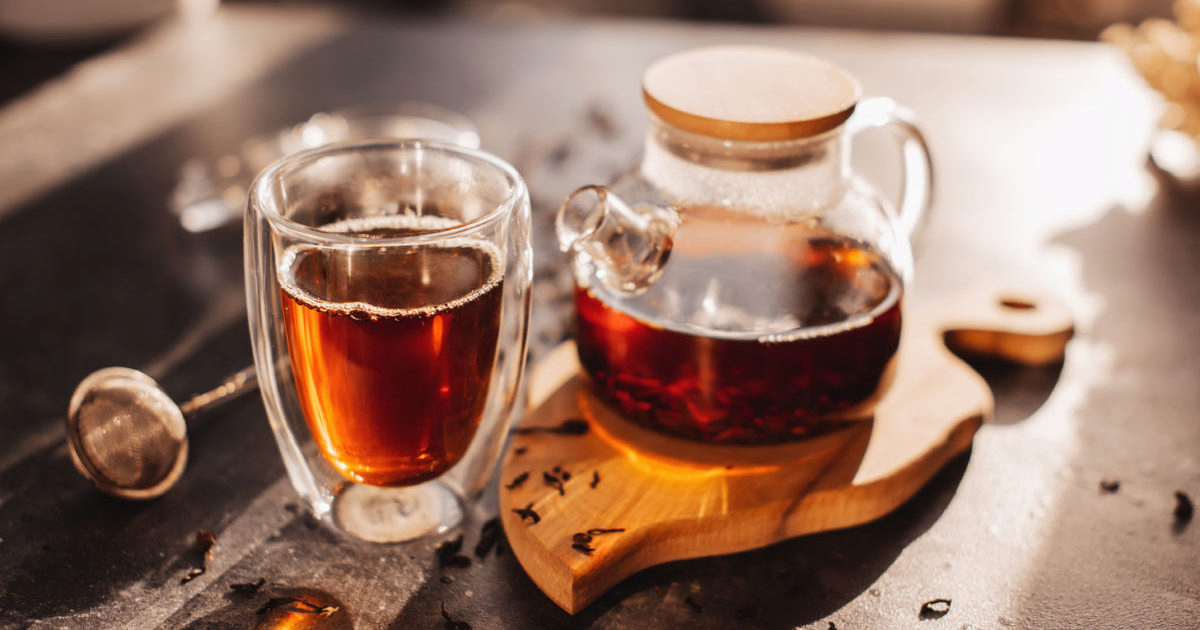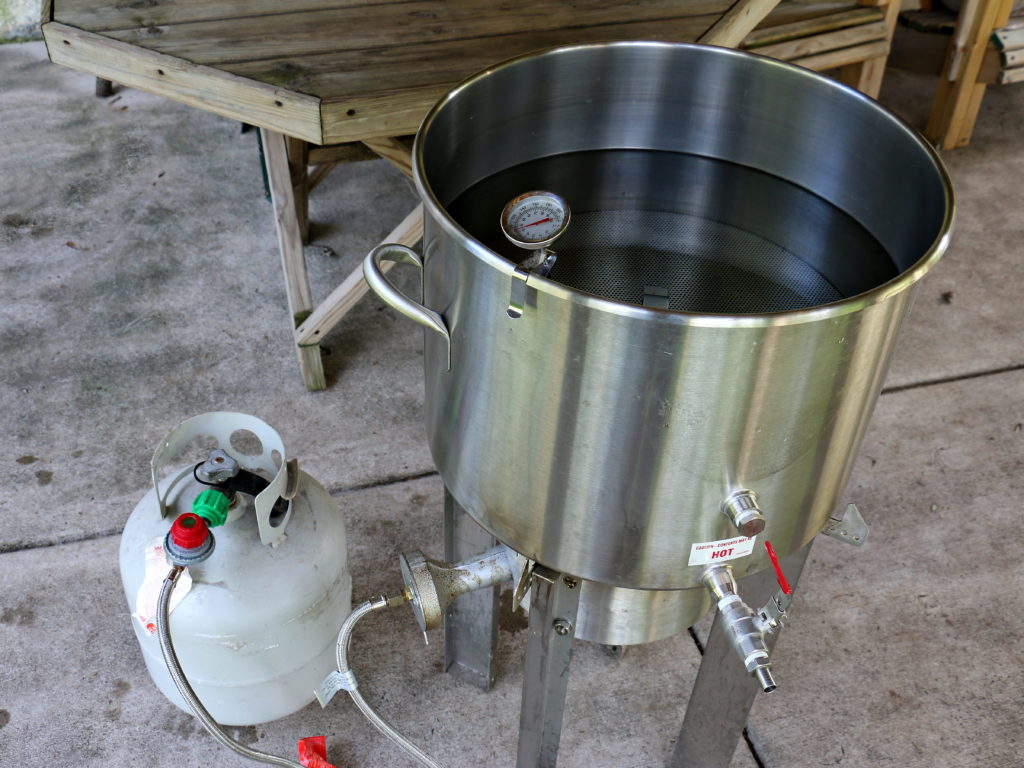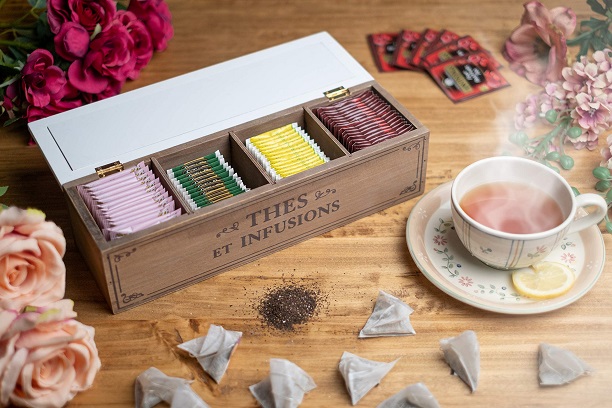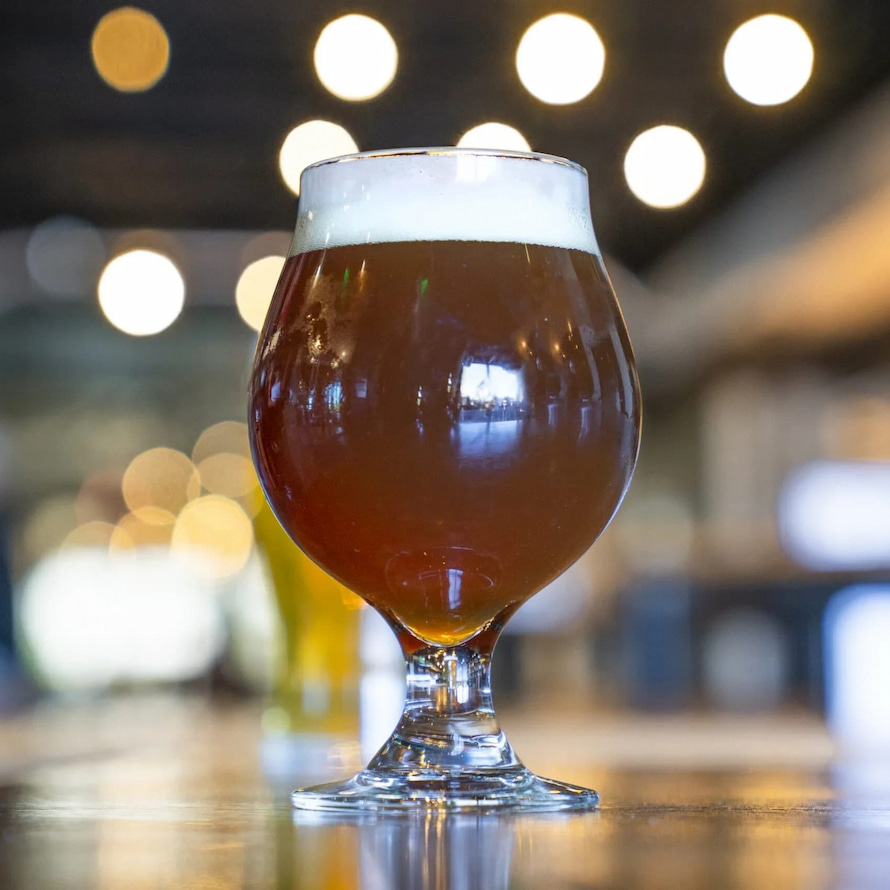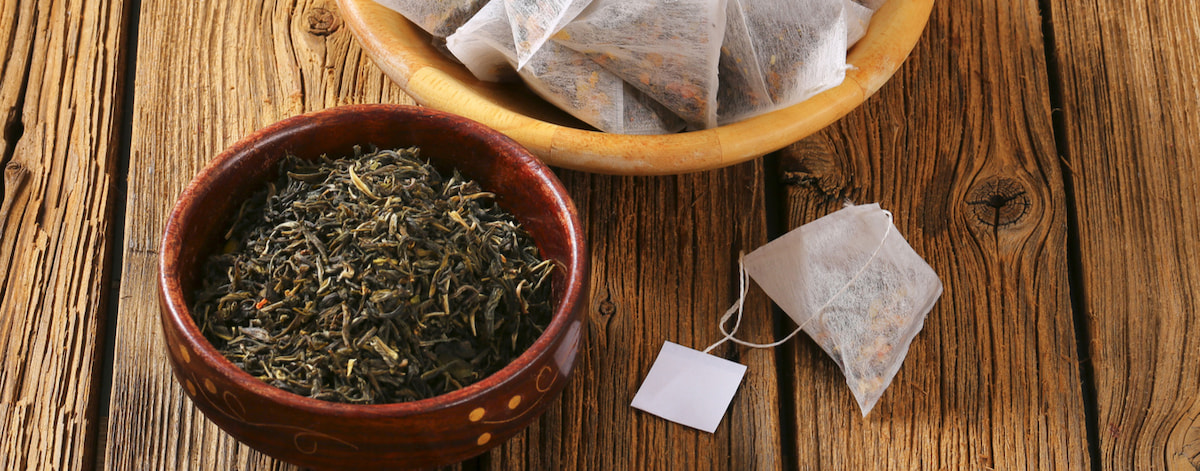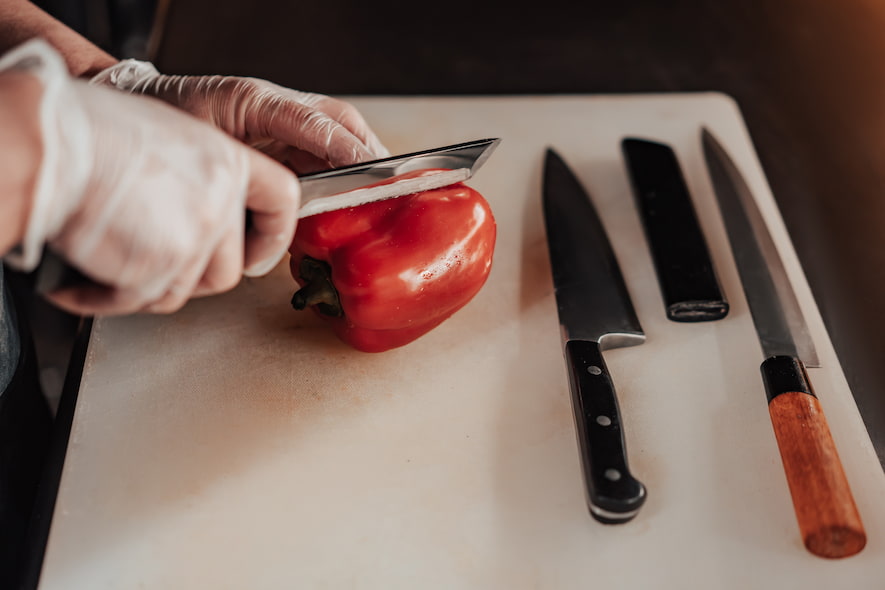Food & Drink
Your Guide to Drinking Flavourful Ceylon Tea
True tea lovers know that tea is much more than just a beverage in a cup. Every cup of tea becomes more pleasurable when we understand the tea leaf travels from the seed to the cup. If you’re interested in finding out more about the tea, you’ve arrived at the right place. With this guide to their distinctive Ceylon teas, we’ll teach you everything you need to know about Sri Lankan tea.
What Is a Ceylon Tea?
Ceylon is a tea variety made in Sri Lanka, an island nation initially known as Ceylon. Most black tea from Sri Lanka is orthodox, which means it was manually processed to produce a crisp, bright tea.
The flavours and characteristics of the teas produced in Sri Lanka vary widely because, despite its small size, the island has a massive difference in elevation, climate, soil type, plant varieties, and weather.
Despite the differences between regions, tea enthusiasts typically describe the traditional flavour as strong, rich, and sharp. It features some citrus, chocolate, or spice flavours and medium-to-full tannins.
Types of Ceylon Tea
When searching for premium-quality black tea from Sri Lanka you’ll come across multiple varieties. The most common ones are:
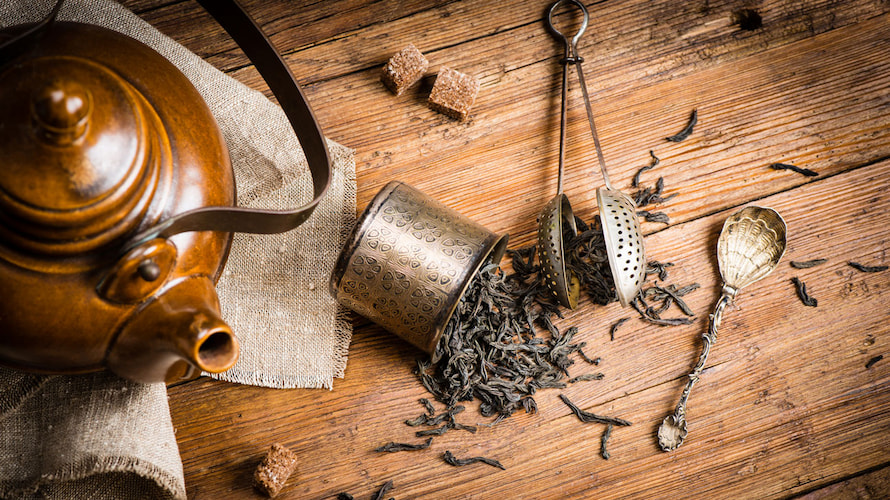
- Broken Orange Pekoe: BOP is a smallish leaf grade and a popular choice for tea bags. It is considered a lower quality leaf than Orange Pekoe.
- Orange Pekoe: OP is a slightly larger leaf grade than BOP, considered a higher-quality leaf.
- Flowery Orange Pekoe: FOP is the highest quality leaf grade and is composed of whole leaves that are tightly rolled and have a delicate aroma.
- Pekoe: It’s a whole leaf grade smaller than FOP, considered lower quality than the FOP.
- BOP Fannings: This is the trimmest leaf grade used in tea bags.
- Dust: This is considered the lowest quality leaf, used primarily in tea bags.
Because the island is known for its diverse regions that produce black tea, and each has its unique flavour profile, many people classify Sri Lankan tea by region. Major ones known for producing black tea are:
- Central provinces: Nuwara Eliya and Dimbula districts are known for producing high-grown teas, considered some of the best in the world. They’re known for their light, floral and delicate taste often referred to as the “champagne of teas”.
- Uva: The Uva province is known for producing low-grown teas known for their bold and robust flavour. The teas grown in this region are known for their unique and distinct taste due to the unique combination of soil, climate, and altitude.
- Sabaragamuwa: The Sabaragamuwa province is known for producing teas similar in taste to the teas grown in the Uva province. The teas grown in this region are known for their unique, smooth, and rich flavour.
- Ruhuna: The Ruhuna province produces teas known for their robust, full-bodied flavour. The teas grown in this region are known for their unique and rich taste.
- Eastern province: The teas grown in this region are known for their unique, smooth, and rich flavour.
How to Drink Ceylon Tea?
There are many distinct ways to enjoy Ceylon black tea because of its diversity. Iced drinks frequently start with this tea. They also produce some of the best hot tea you will ever taste. This variety of tea embodies the phrase “self-drinker,” which refers to teas (often black) that don’t require any additional flavourings because they are excellent on their own. Additionally, you may incorporate it into milk tea, which is a fantastic method to soften the flavour and bitterness.
How to Brew Ceylon Tea?
Pour hot water into a teapot and teacup until they are almost complete, then empty them to begin brewing. Add around one teaspoon of leaves for every 230 ml of water in the teapot. Cover the pot with boiling water (90 to 100 degrees Celsius), steep for 3 to 5 minutes, and drain. Stir the tea to ensure good extraction once the leaves have fallen to the bottom of the teapot. The amount of caffeine and flavour intensity in tea increase with brewing time. You may learn it’s one of the best ways to add flavour to your cup of water.
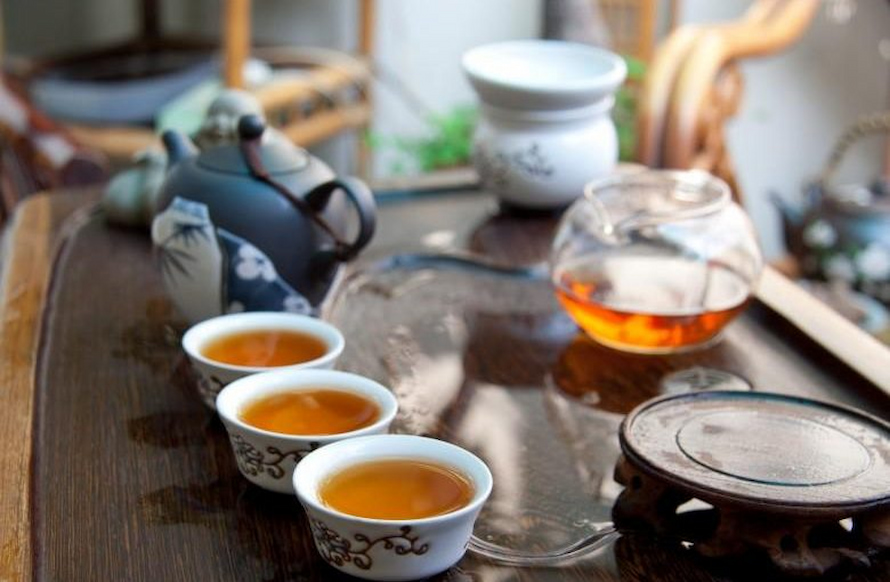
How to Store Ceylon Tea?
Here are some tips so you can help to preserve its flavour, aroma, and quality:
- Keep it in an airtight container: Store in an airtight container to protect it from moisture, light, and air. That’ll help to prevent oxidation and keep the tea fresh.
- Store it in a cool, dry place: It should be kept away from heat and light, which will prevent the tea from losing its flavour and aroma.
- Avoid storing it near strong odours: As the tea is sensitive to strong scents, avoid storing it near spices, coffee, or other strong-smelling foods.
- Use it within 6 to 12 months: While you can store it for longer, the best is to consume the black tea from Sri Lanka within 6 to 12 months of being packaged because the flavour and aroma will degrade over time.
- Keep it away from humidity: Humidity can cause the tea leaves to absorb moisture, which makes it become stale. To prevent this, keep the tea in a cool, dry place and make sure the container is airtight.
- Store different types of tea separately to prevent any cross-flavour contamination.
What to Consider when Buying Ceylon Tea?
To ensure the highest quality, buy tea in loose leaves; otherwise, get tea bags. To confirm you’re obtaining the freshest tea available, purchase it from a trusted supplier who can explain the origin, processing, and packaging.


